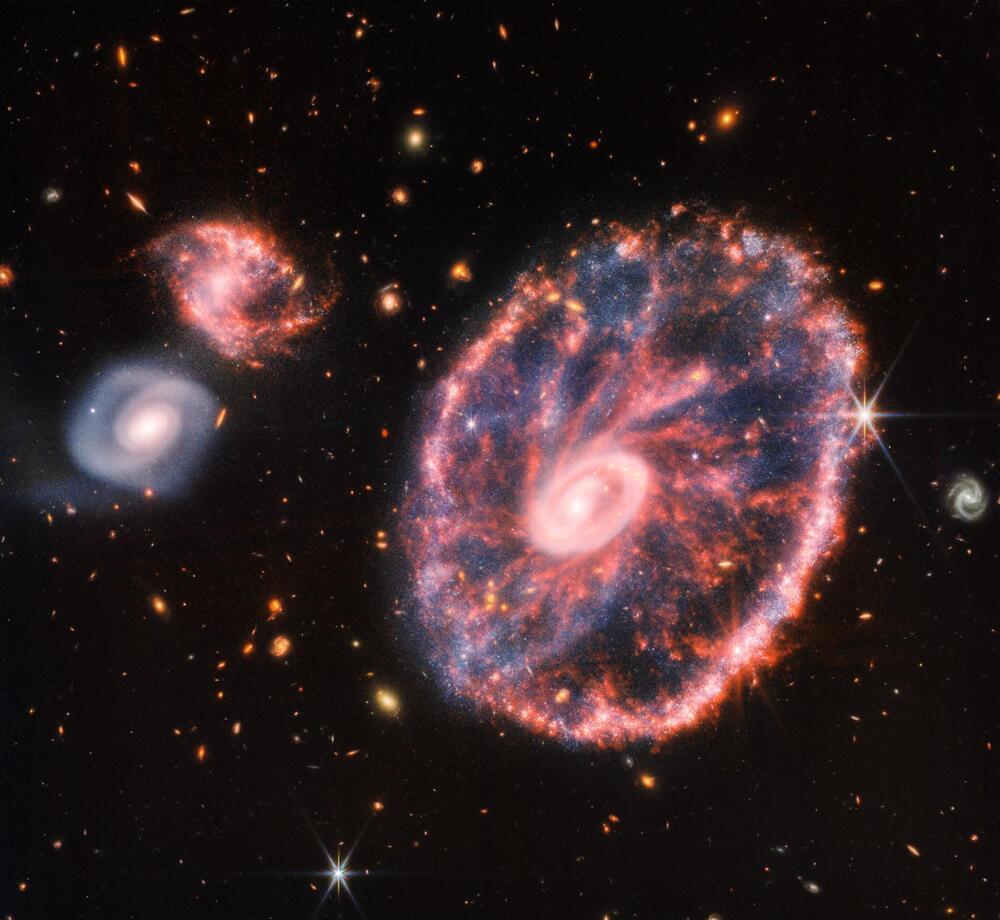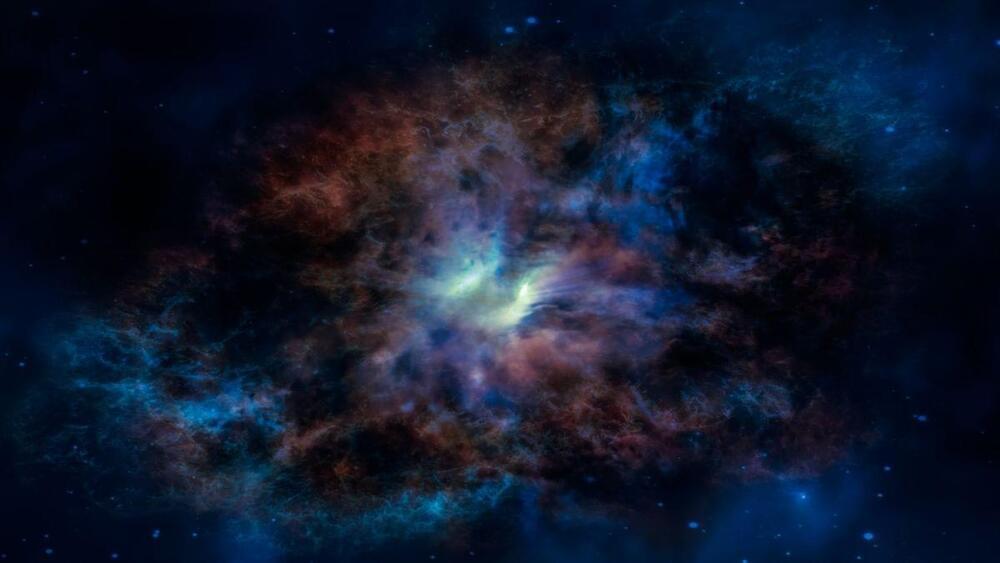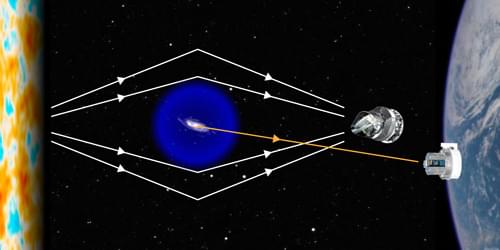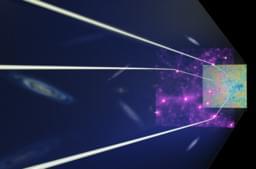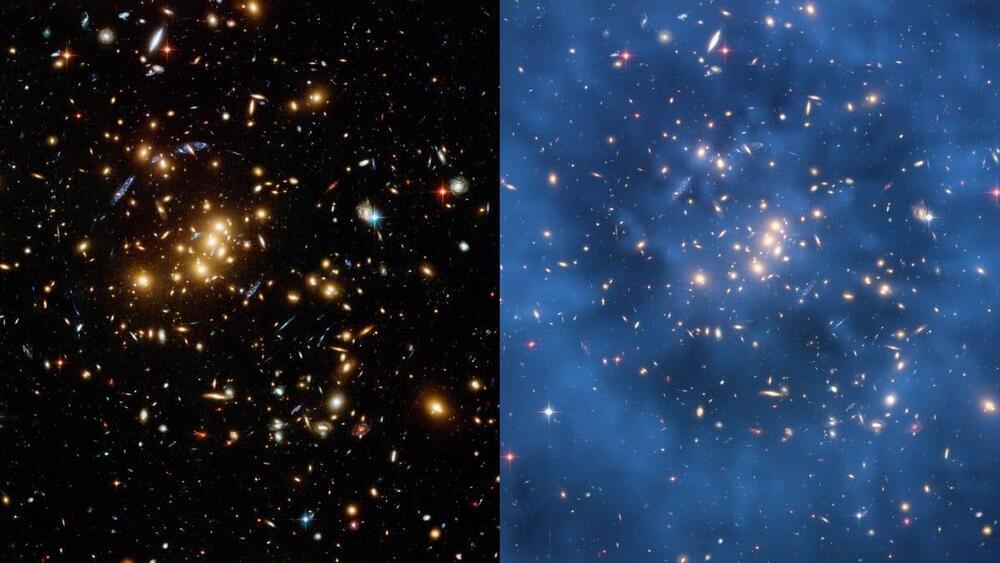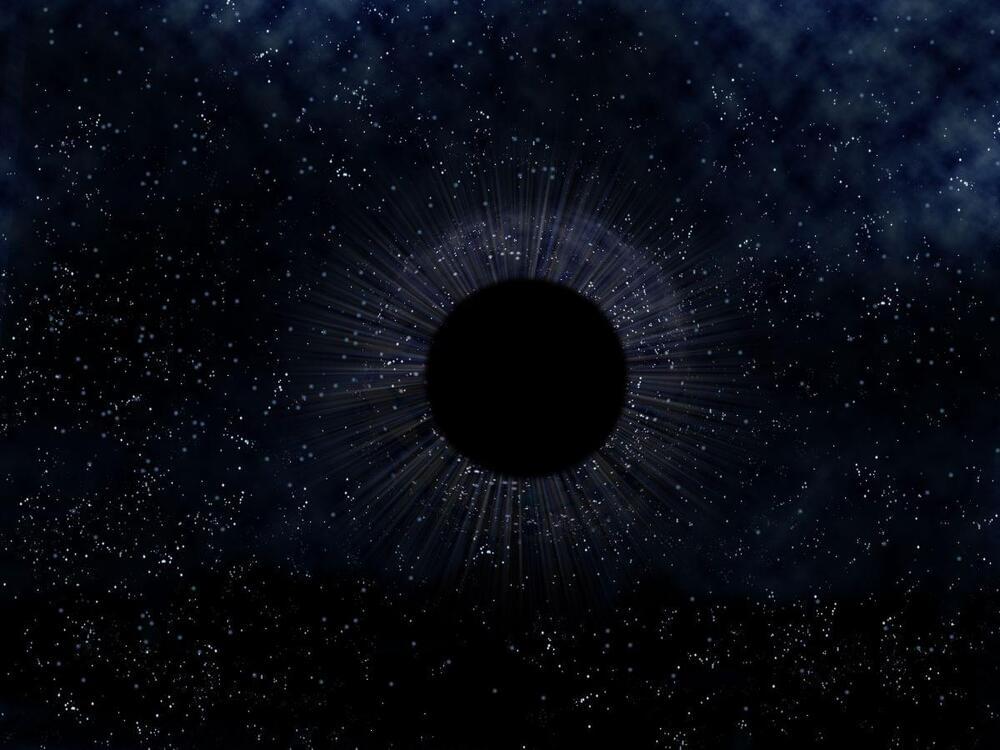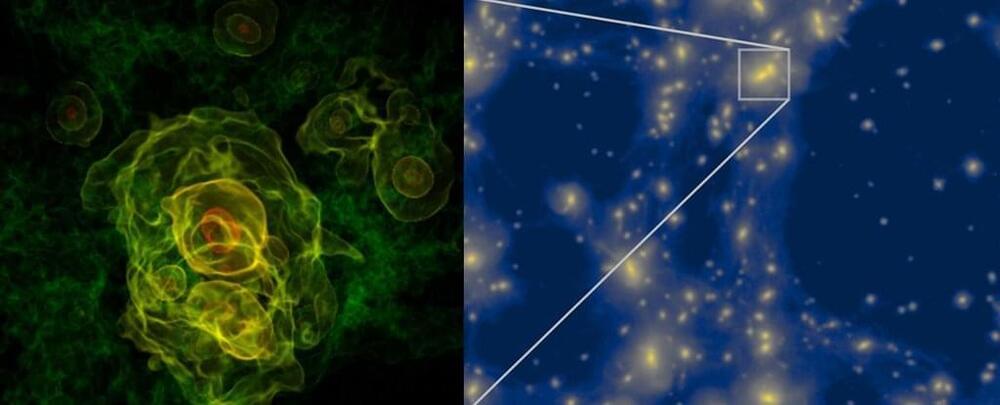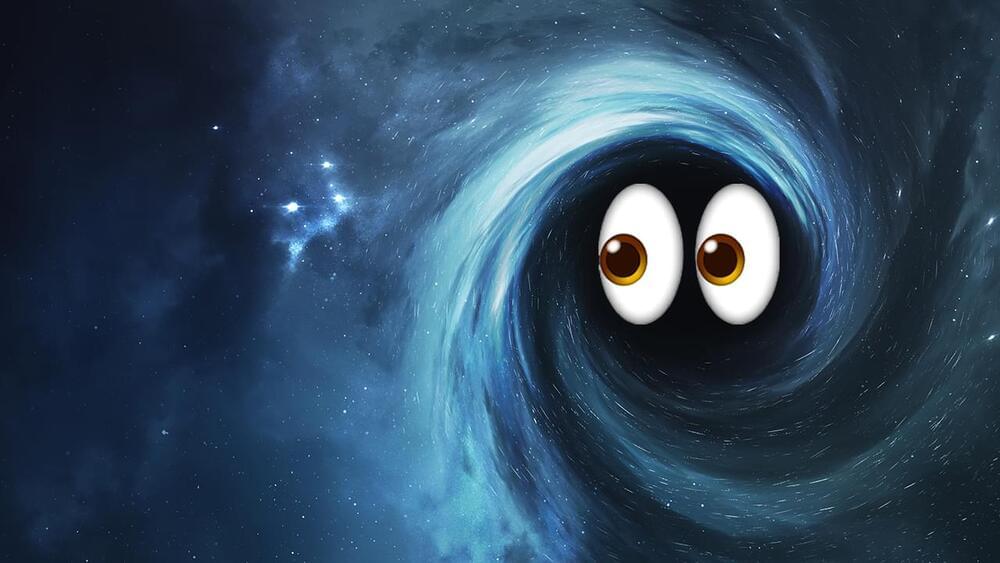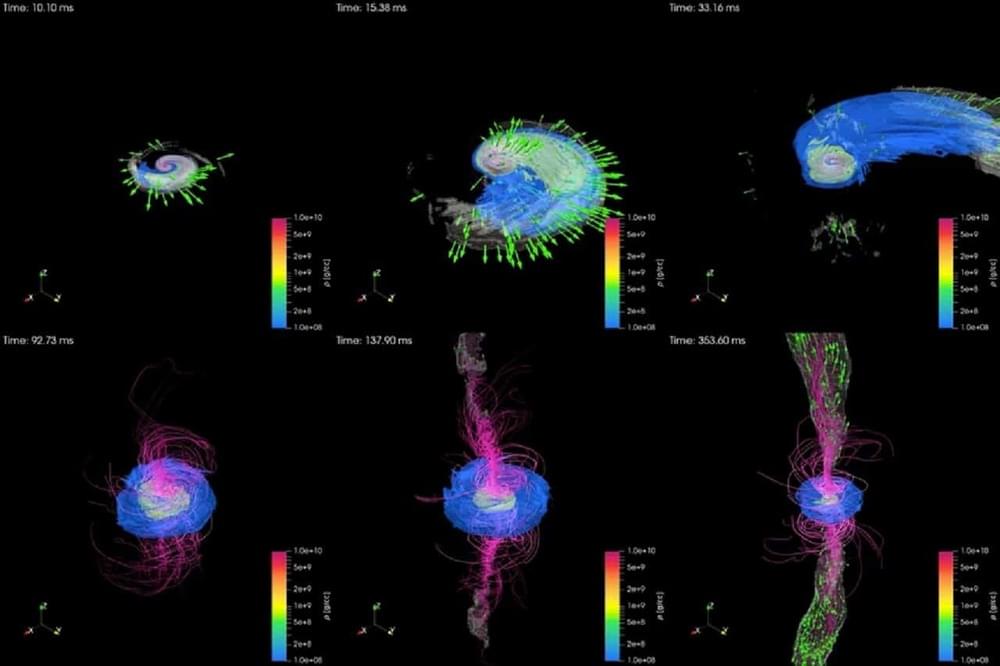Aug 3, 2022
Webb Captures Stellar Gymnastics in The Cartwheel Galaxy
Posted by Shubham Ghosh Roy in category: cosmology
NASA’s James Webb Space Telescope has peered into the chaos of the Cartwheel Galaxy, revealing new details about star formation and the galaxy’s central black hole. Webb’s powerful infrared gaze produced this detailed image of the Cartwheel and two smaller companion galaxies against a backdrop of many other galaxies.
